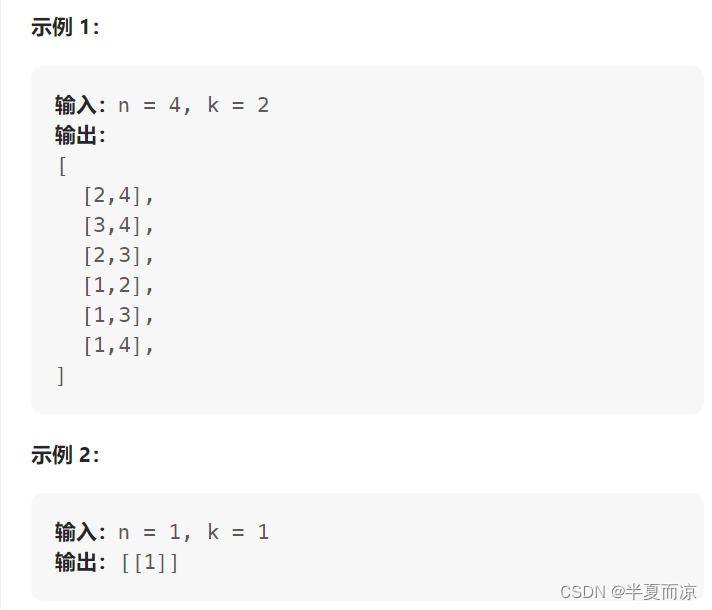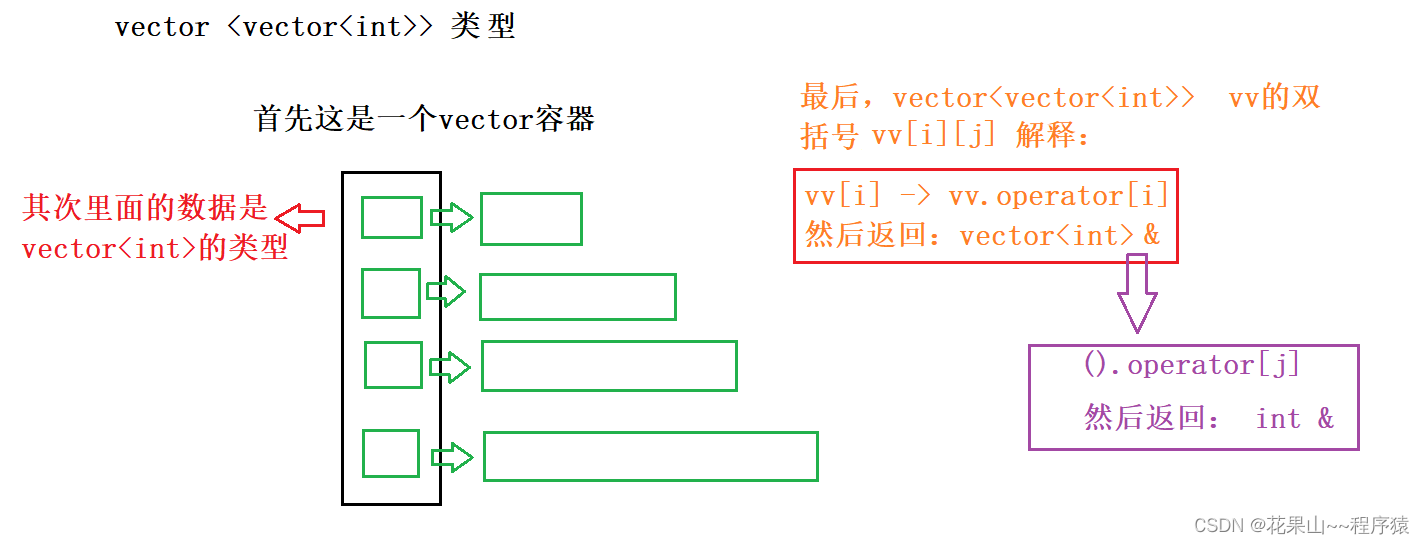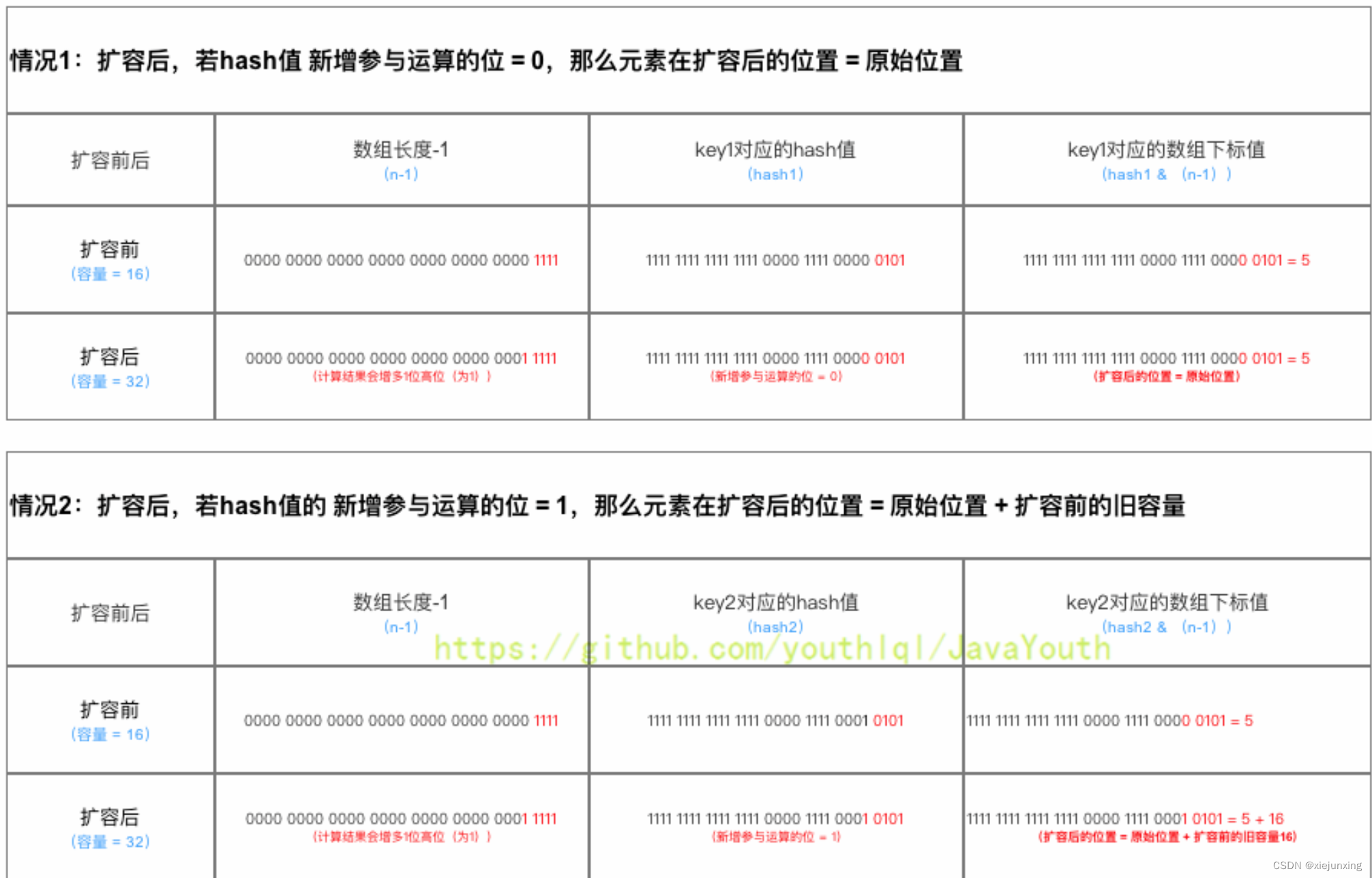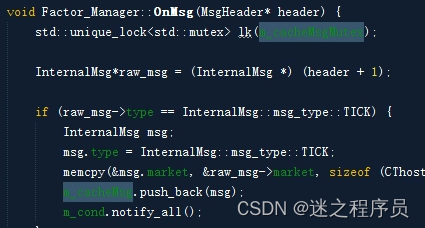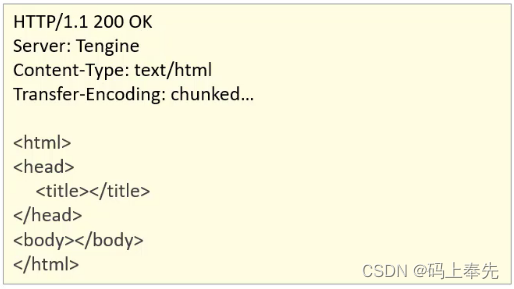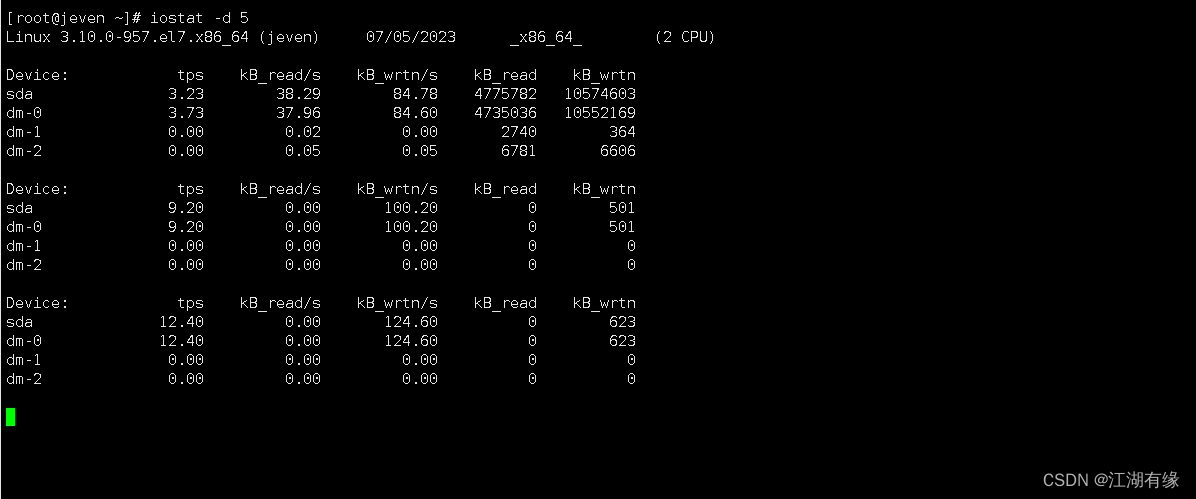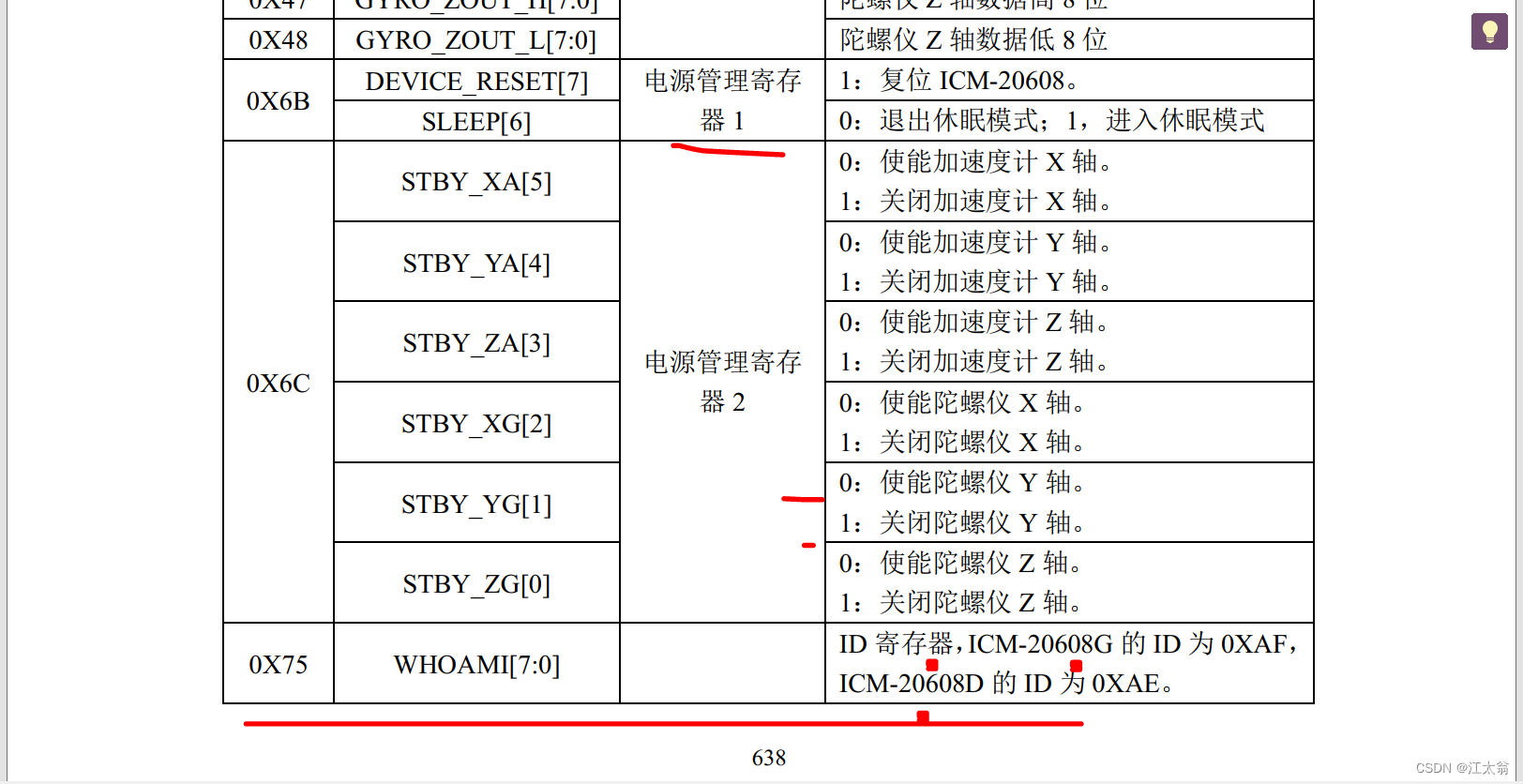目录
一.UML
①集合类图
②线下教育平台用例图
二.List集合特点
①学集合框架就是了解容器的数据结构(增删改查)
②有序的 可重复的
三.遍历方式
① foreach
② iterator 迭代器
③ for
四.LinkedList
①对比ArrayList是数据结构
Linkedlist: 链表 特点:查询修改慢,增加删除快
Arraylist: 数组 特点:查询修改快,增加删除慢
②堆栈 队列
五.增长因子论证
六.集合框架ArrayList中的重复元素去重及其底层原理
一.UML
①集合类图

②线下教育平台用例图

二.List集合特点
①学集合框架就是了解容器的数据结构(增删改查)
②有序的 可重复的
public class Demo1 {
public static void main(String[] args) {
//集合本身就是一个容器,容器的特点,就是对存储的元素进行增删改查
List list = new ArrayList<>();
//增加
list.add("a");
list.add("b");
list.add("c");
System.out.println("目前集合容器中的元素:"+list);
//修改
list.set(1, "y");
System.out.println("容器元素修改后,目前容器中的元素:"+list);
//删除
list.remove(0);
list.remove("a");
System.out.println("容器元素删除后,目前集合容器中的元素:"+list);
//查看
System.out.println("获取第一个容器元素:"+list.get(0));
}
三.遍历方式
① foreach
② iterator 迭代器
③ for
public static void main(String[] args) {
List list = new ArrayList<>();
//增加
list.add("a");
list.add("b");
list.add("c");① foreach
for (Object object : list) {
System.out.println(object);
}
② iterator 迭代器
Iterator it = list.iterator();
while(it.hasNext()) {
System.out.println(it.next());
}
③ for
for (int i = 0; i < list.size(); i++) {
System.out.println(list.get(i));
}
}
四.LinkedList
①对比ArrayList是数据结构
Linkedlist: 链表 特点:查询修改慢,增加删除快
Arraylist: 数组 特点:查询修改快,增加删除慢

②堆栈 队列
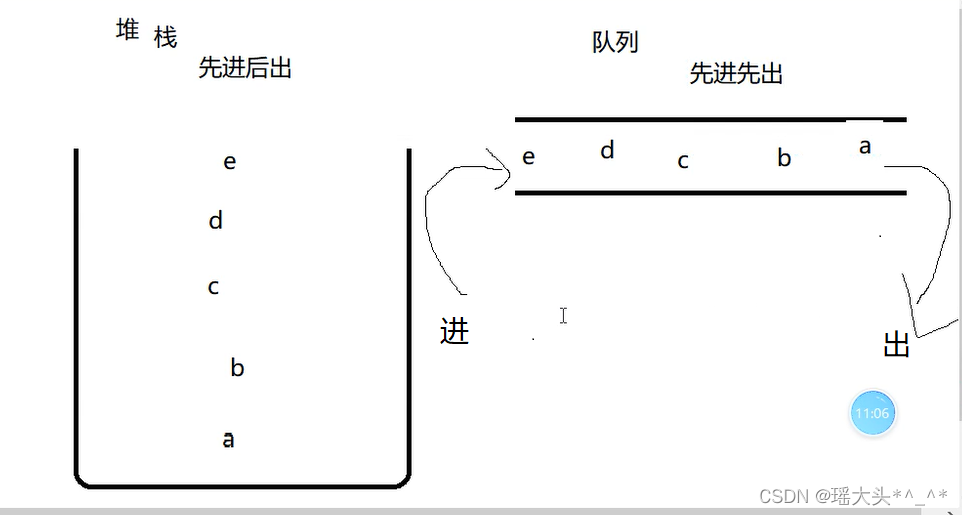
/**
* 用linkedList完成一个堆栈容器
* 1.考核linkedList的api方法
* 2.考核堆栈/队列的数据结构特点
* @author PC
*
*/
public class Demo2 {
public static void main(String[] args) {
LinkedList ll = new LinkedList<>();
ll.add("a");
ll.add("b");
ll.add("c");
DuiZhan dz = new DuiZhan(ll);
//定义一个方法,当这个方法被调用的时候,后存进去的元素要先输出,先存进去的元素要后输出
System.out.println(dz.pop());
System.out.println(dz.pop());
System.out.println(dz.pop());
}}
class DuiZhan{
private LinkedList ll;public DuiZhan(LinkedList ll) {
super();
this.ll = ll;
}
//压栈 弹栈
public Object pop() {
return ll.removeLast();
}
}
五.增长因子论证
/**
* linkedList调优
* 元素存储在集合的过程
* ArrayList
* 数组 长度不可变
*
* 1.证明数据结构就是数组
* 2.为什么数组长度不可变,集合List长度可变
*
* 增长因子(一次性扩容多少) 0.5倍 扩容1.5倍 1+0.5
* @author PC
*
*/
public class Demo3 {
public static void main(String[] args) throws NoSuchFieldException, SecurityException, IllegalArgumentException, IllegalAccessException {
ArrayList al = new ArrayList<>(50);
for (int i = 0; i < 100; i++) {
al.add(i);
System.out.println(i+"\r");
getCurrentArrLength(al);
}
}//获取ArrayList al对象底层数组的长度
private static void getCurrentArrLength(ArrayList al) throws NoSuchFieldException, SecurityException, IllegalArgumentException, IllegalAccessException {
Field f = al.getClass().getDeclaredField("elementData");
f.setAccessible(true);
Object[] Object = (java.lang.Object[]) f.get(al);
System.out.println("当前集合底层数组的容器长度"+Object.length);
}
六.集合框架ArrayList中的重复元素去重及其底层原理
/**
* list底层对象去重原理 跟equals
* @author PC
*
*/
public class Demo4 {
public static void main2(String[] args) throws NoSuchFieldException, SecurityException, IllegalArgumentException, IllegalAccessException {
List list = new ArrayList<>();
list.add("a");
list.add("b");
list.add("c");
System.out.println("目前集合容器中的"+list);
//去重
if(!list.contains("b")) {
list.add("b");
}
System.out.println("目前集合容器中的"+list);
}public static void main(String[] args) throws NoSuchFieldException, SecurityException, IllegalArgumentException, IllegalAccessException {
List list = new ArrayList<>();
list.add(new Student(1,"zs"));
list.add(new Student(2,"ls"));
list.add(new Student(3,"lx"));
System.out.println("目前集合容器中的"+list);
//去重
if(!list.contains(new Student(3,"lx"))) {
list.add(new Student(3,"lx"));
}
System.out.println("目前集合容器中的"+list);
}
}
class Student{
private int id;
private String name;
public int getId() {
return id;
}
public void setId(int id) {
this.id = id;
}
public String getName() {
return name;
}
public void setName(String name) {
this.name = name;
}
public Student() {
// TODO Auto-generated constructor stub
}
public Student(int id, String name) {
super();
this.id = id;
this.name = name;
}
@Override
public String toString() {
return "Student [id=" + id + ", name=" + name + "]";
}
@Override
public boolean equals(Object obj) {
System.out.println("被调了。。。");
if (this == obj)
return true;
if (obj == null)
return false;
if (getClass() != obj.getClass())
return false;
Student other = (Student) obj;
if (id != other.id)
return false;
if (name == null) {
if (other.name != null)
return false;
} else if (!name.equals(other.name))
return false;
return true;
}
